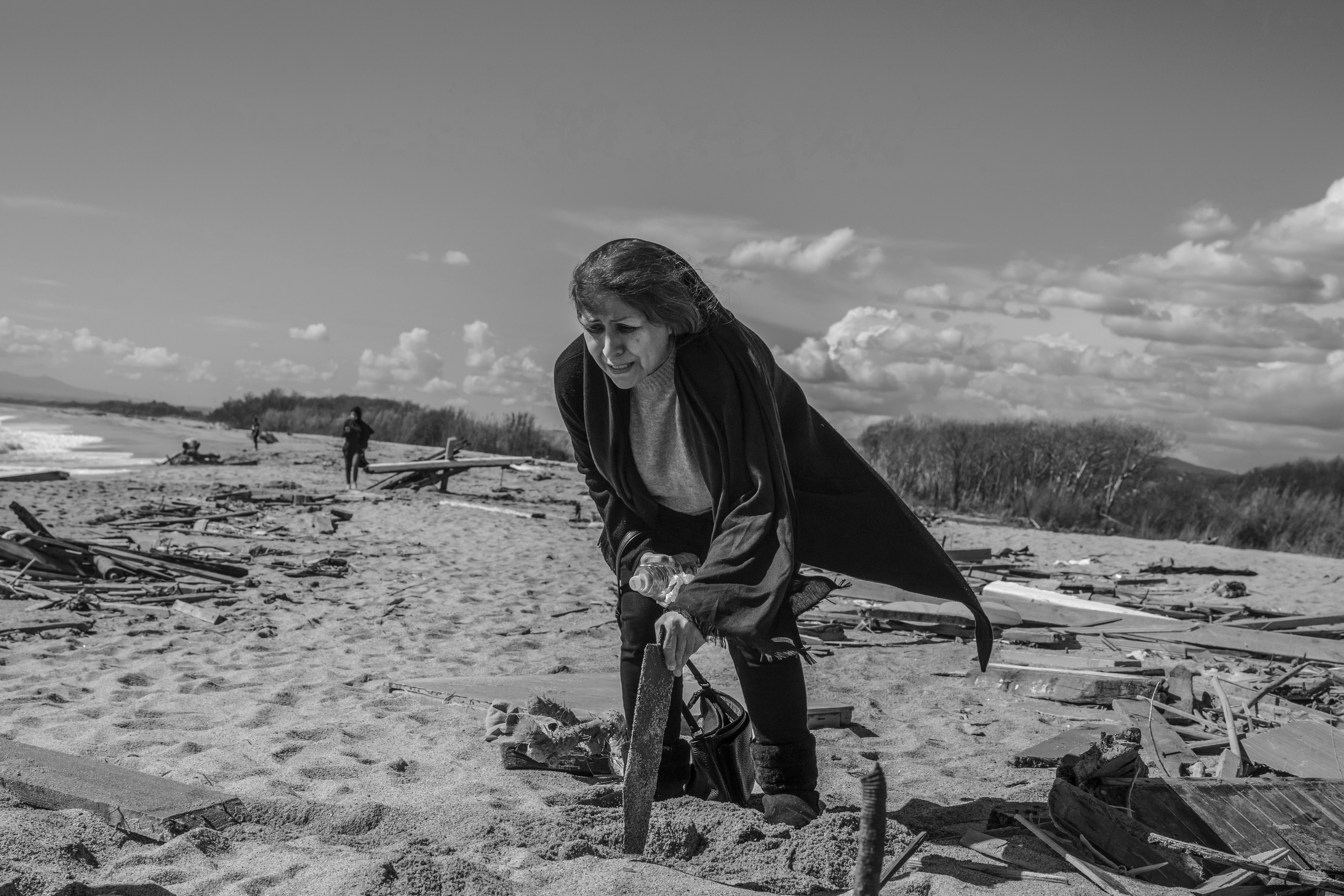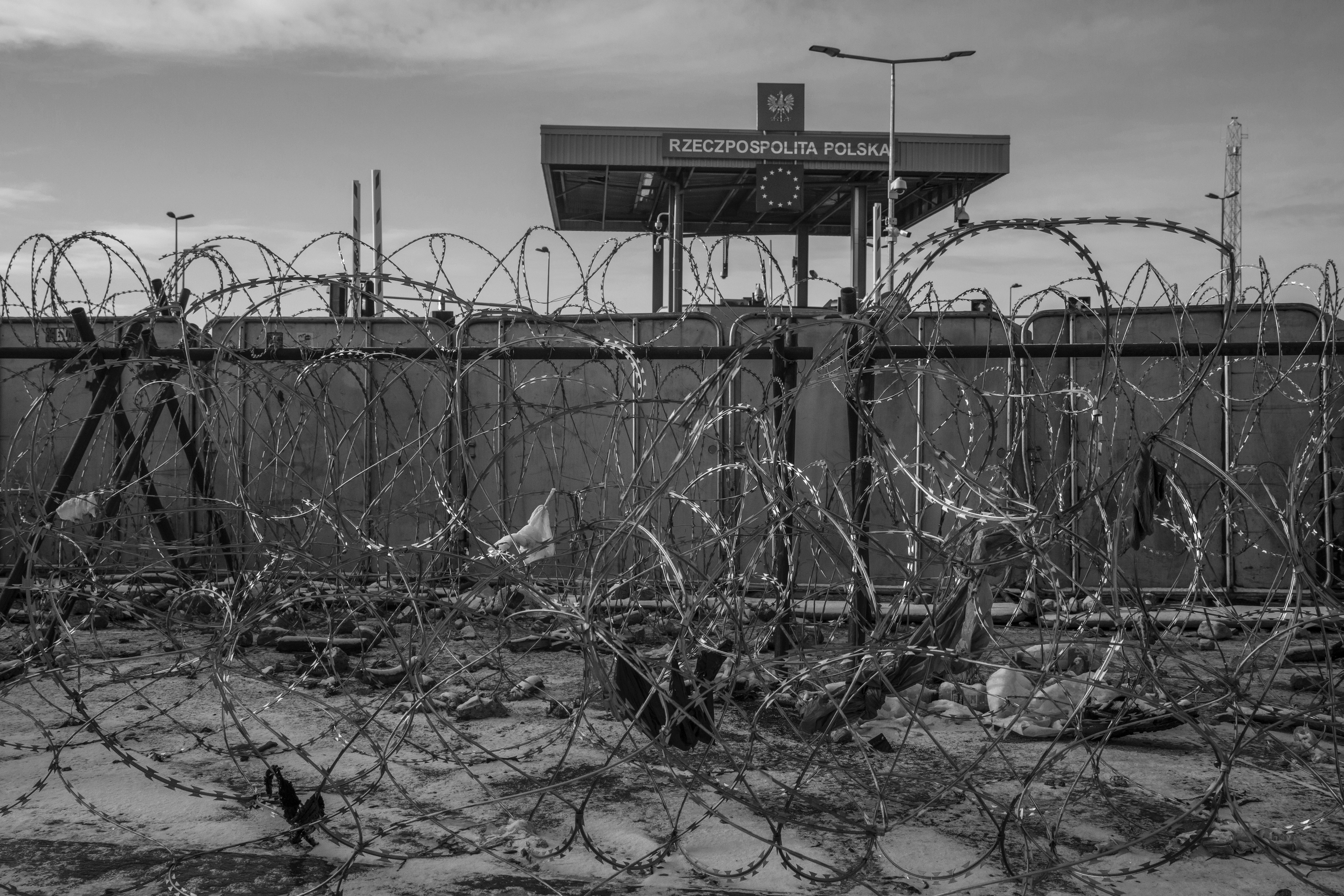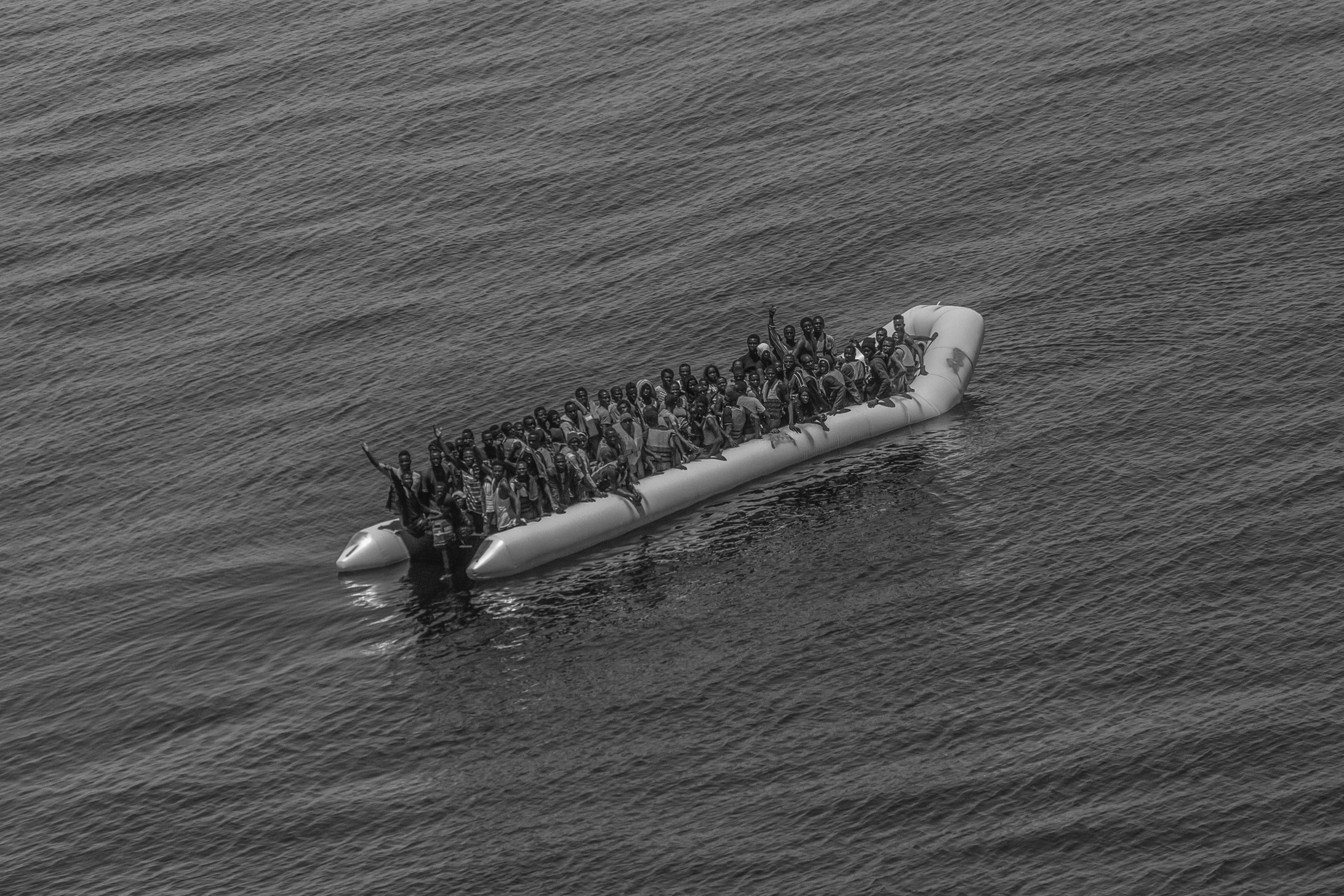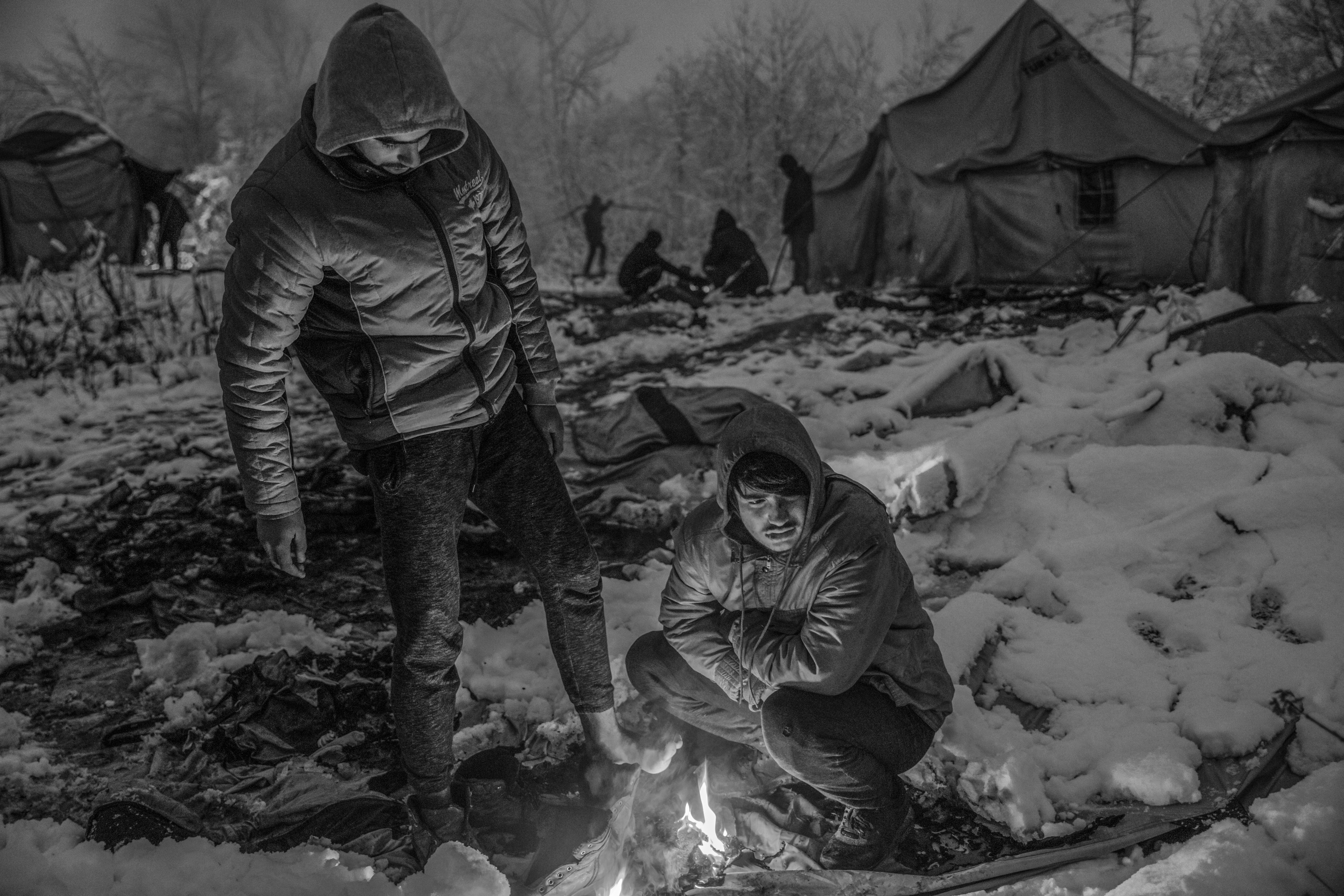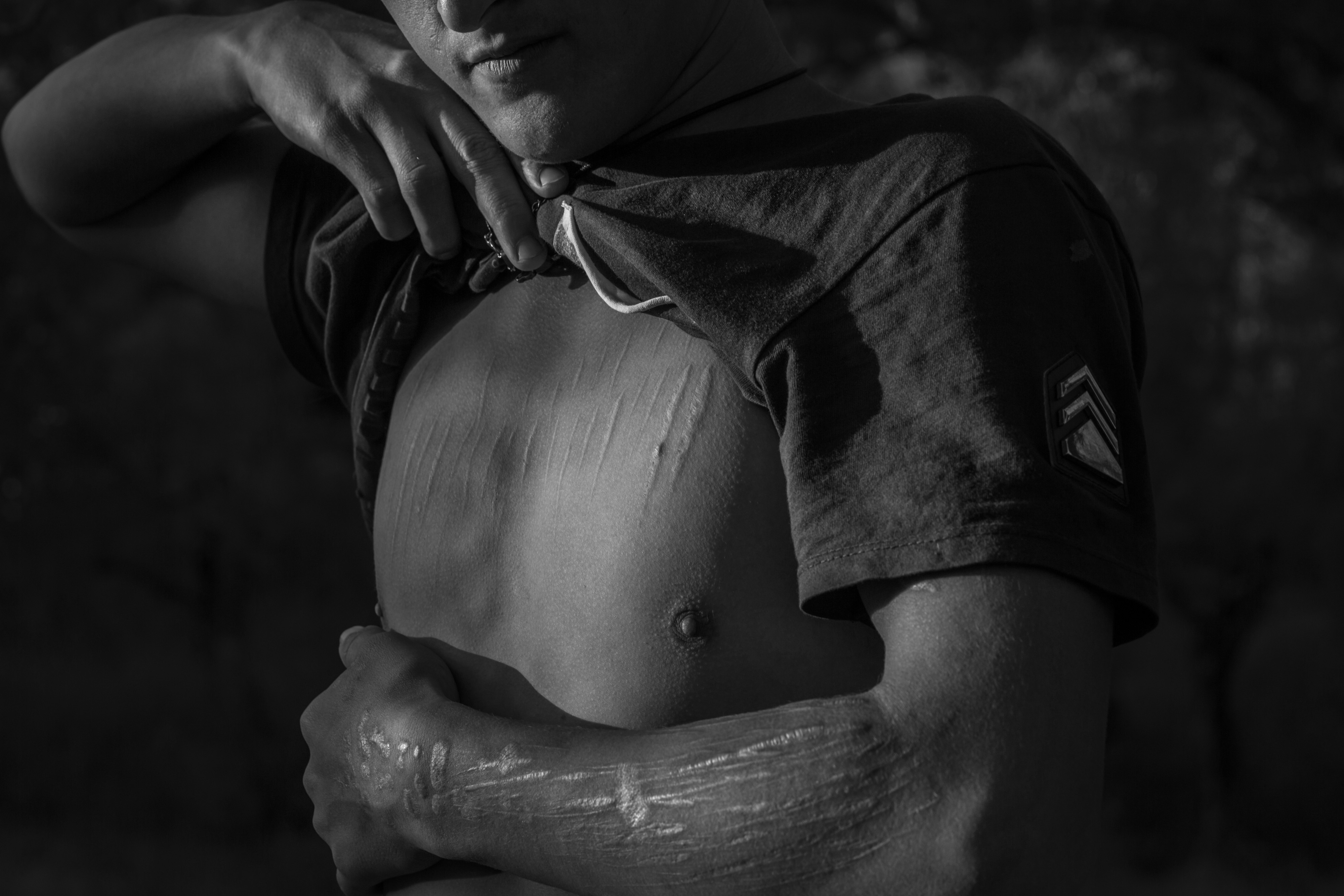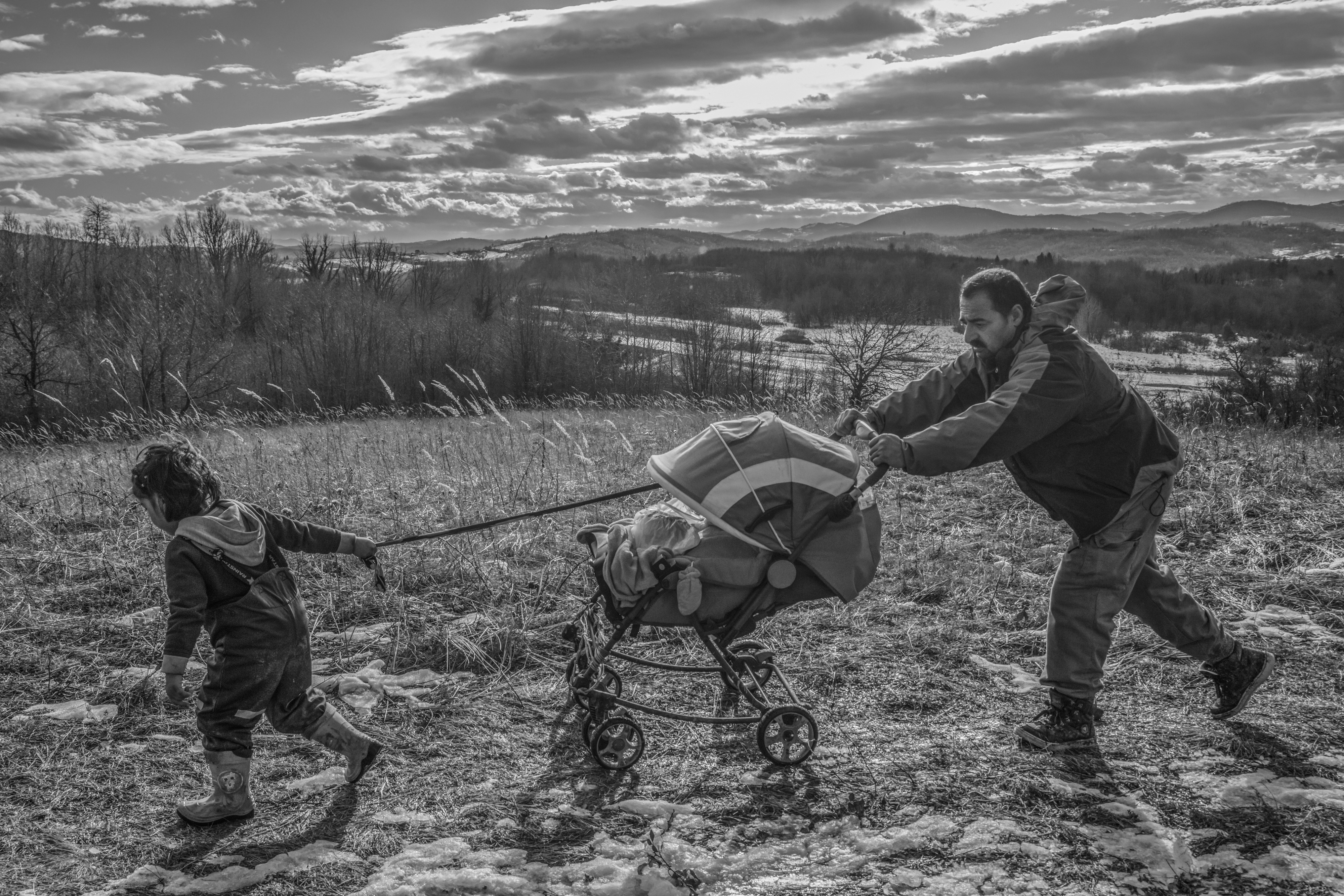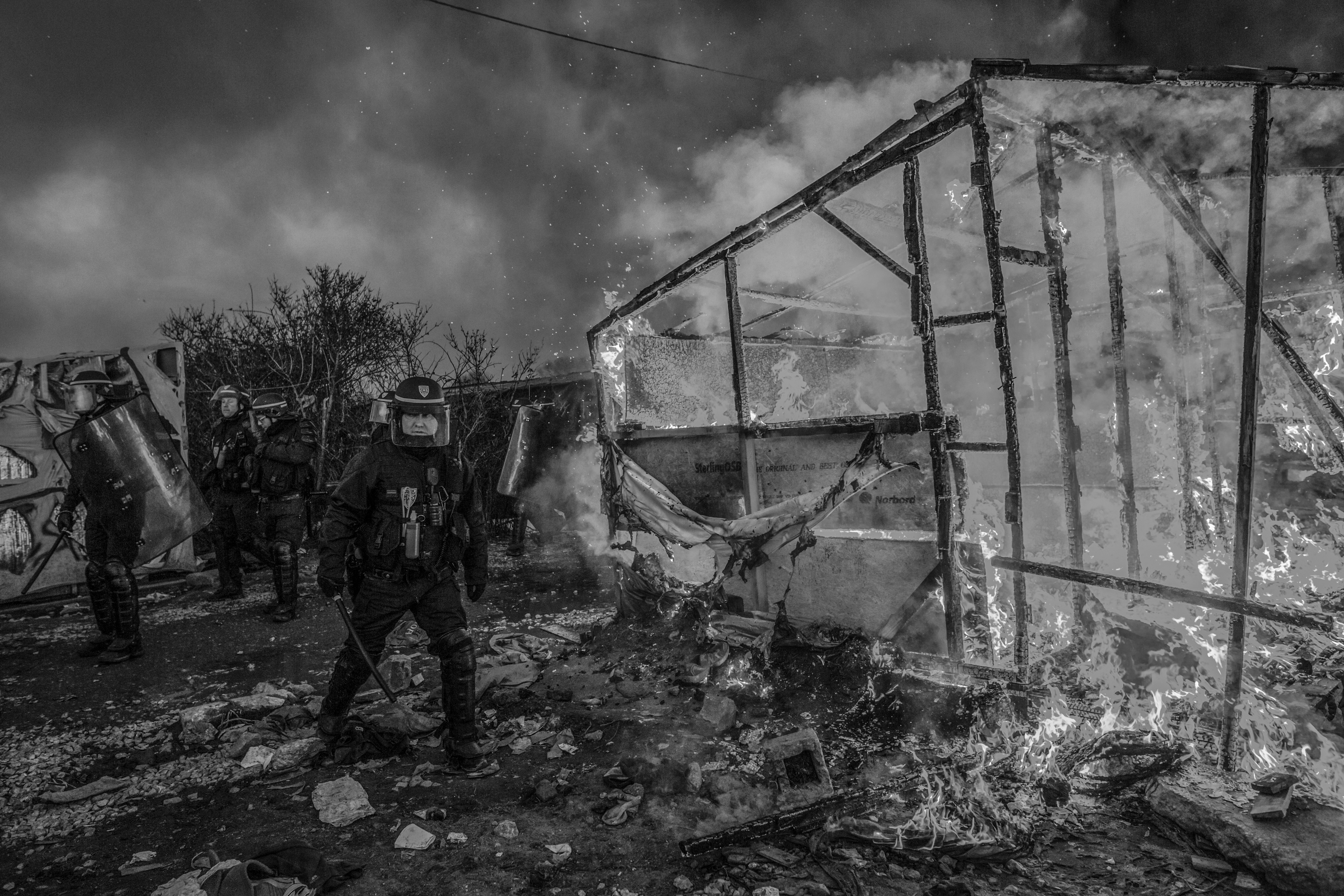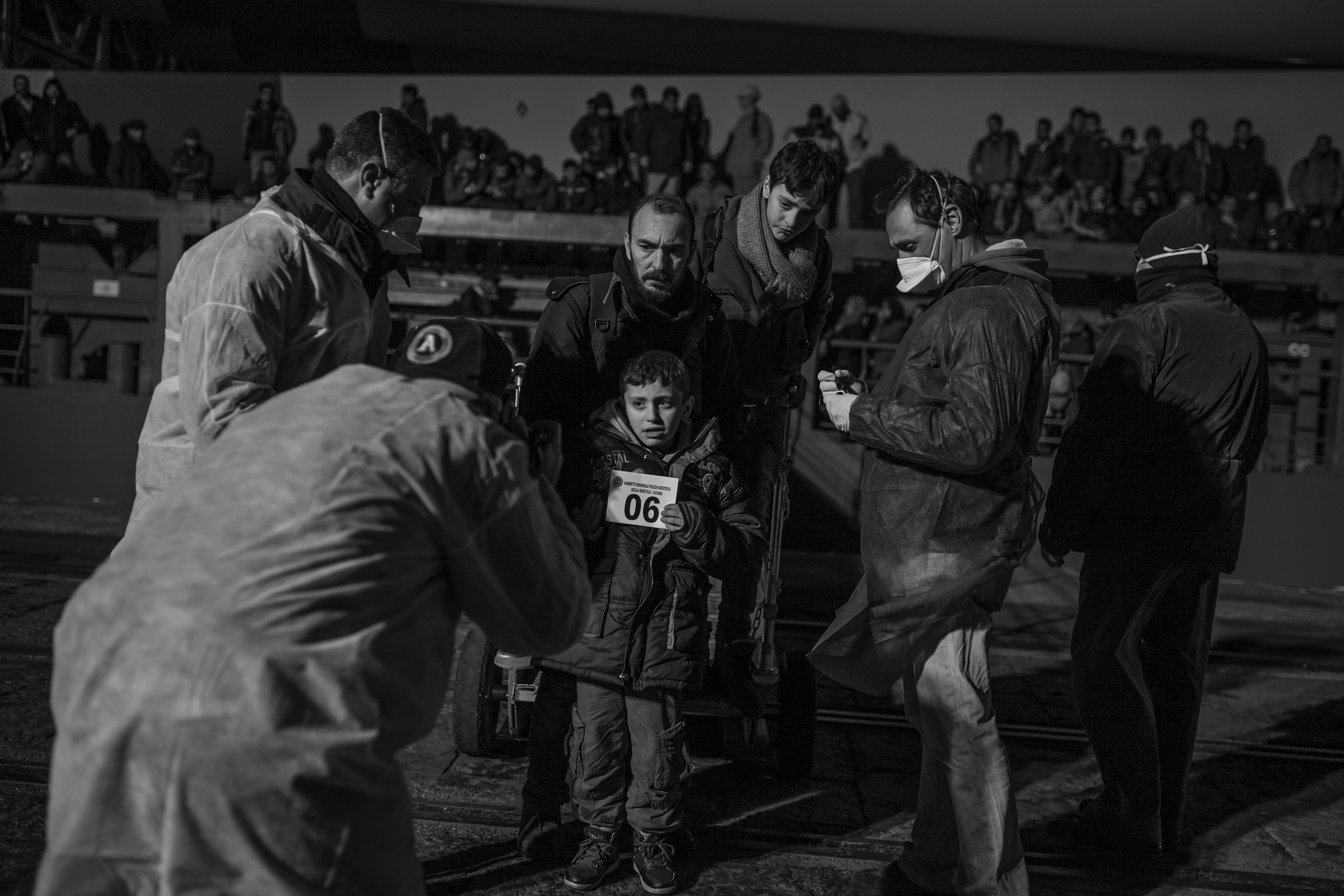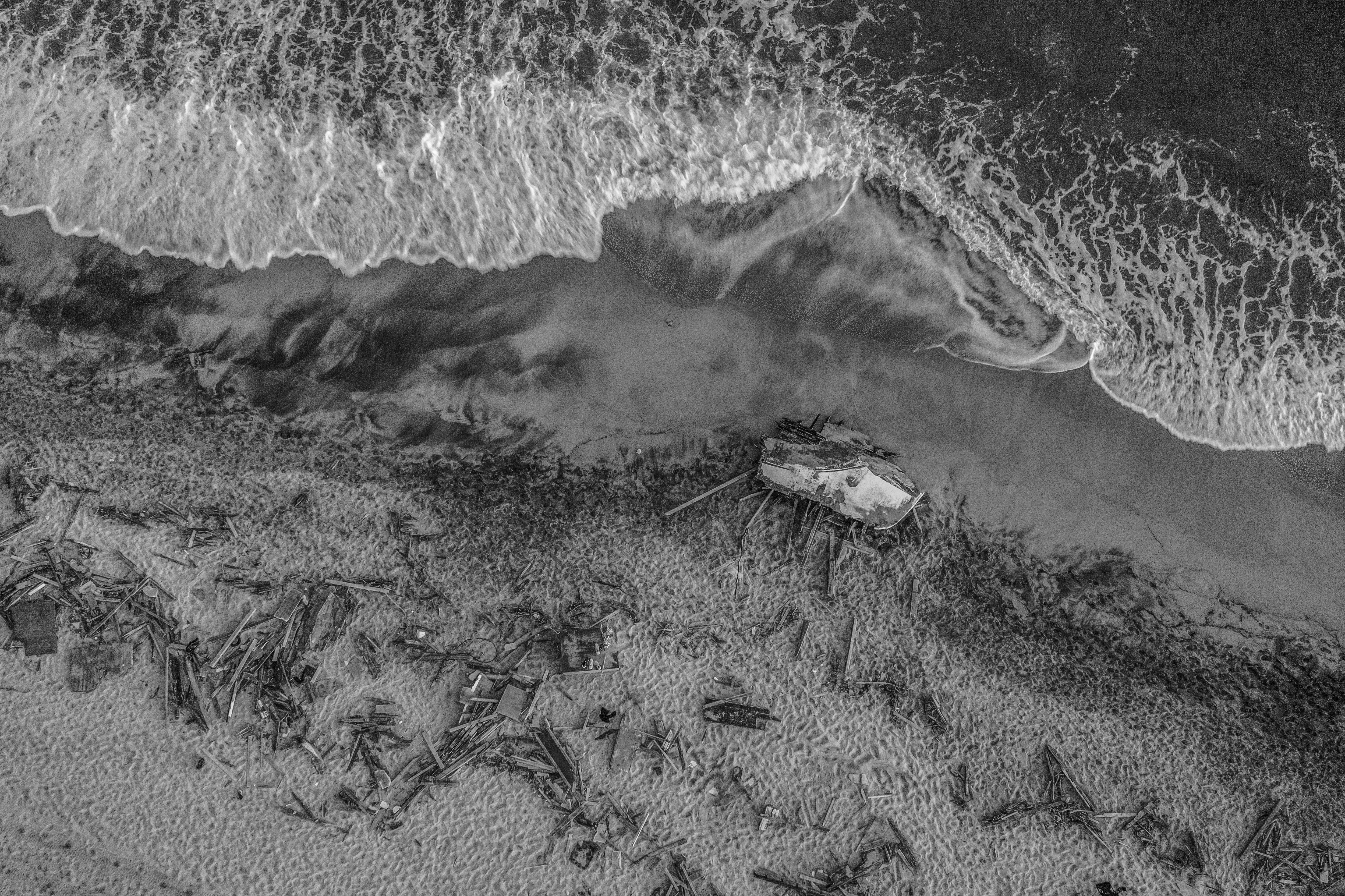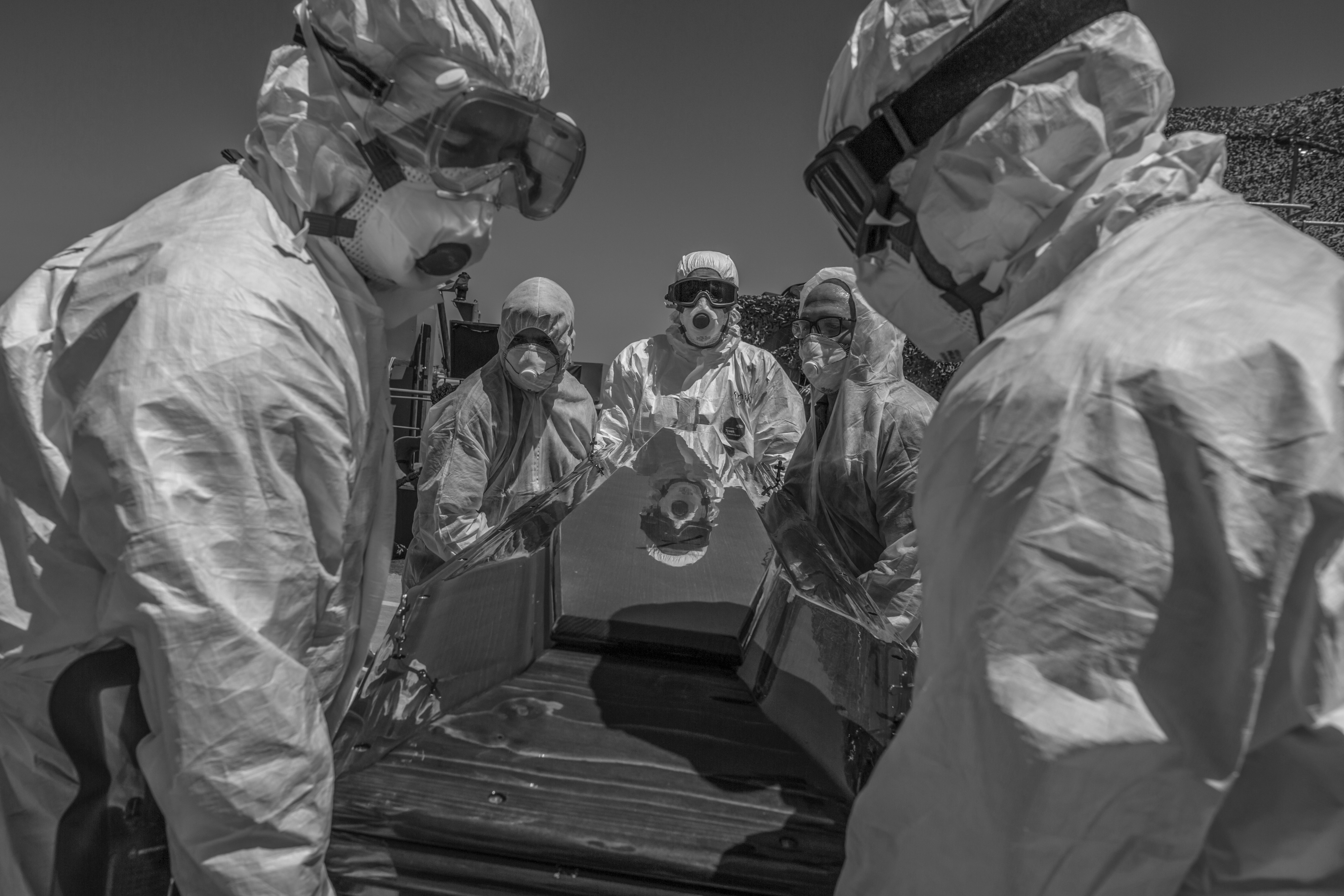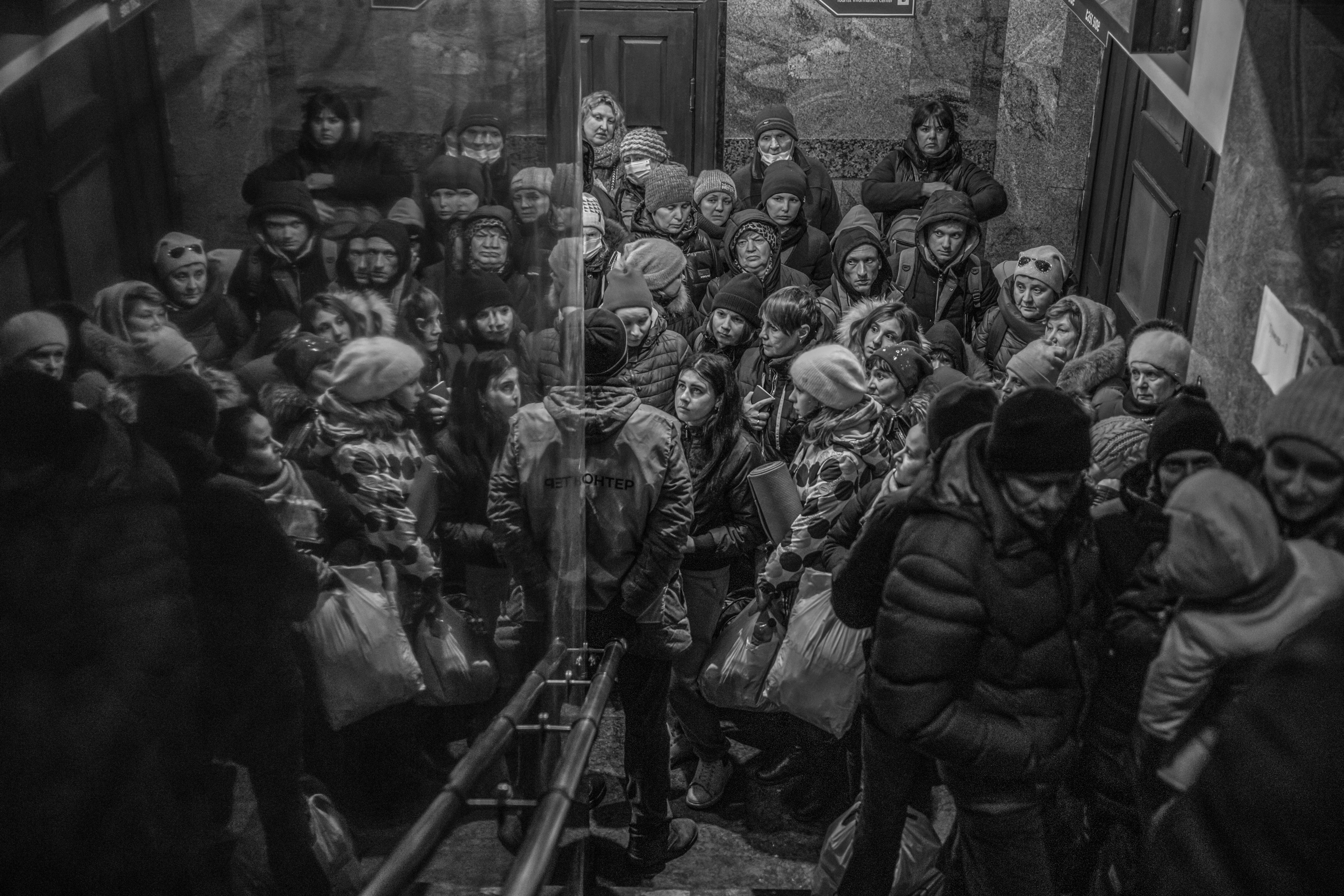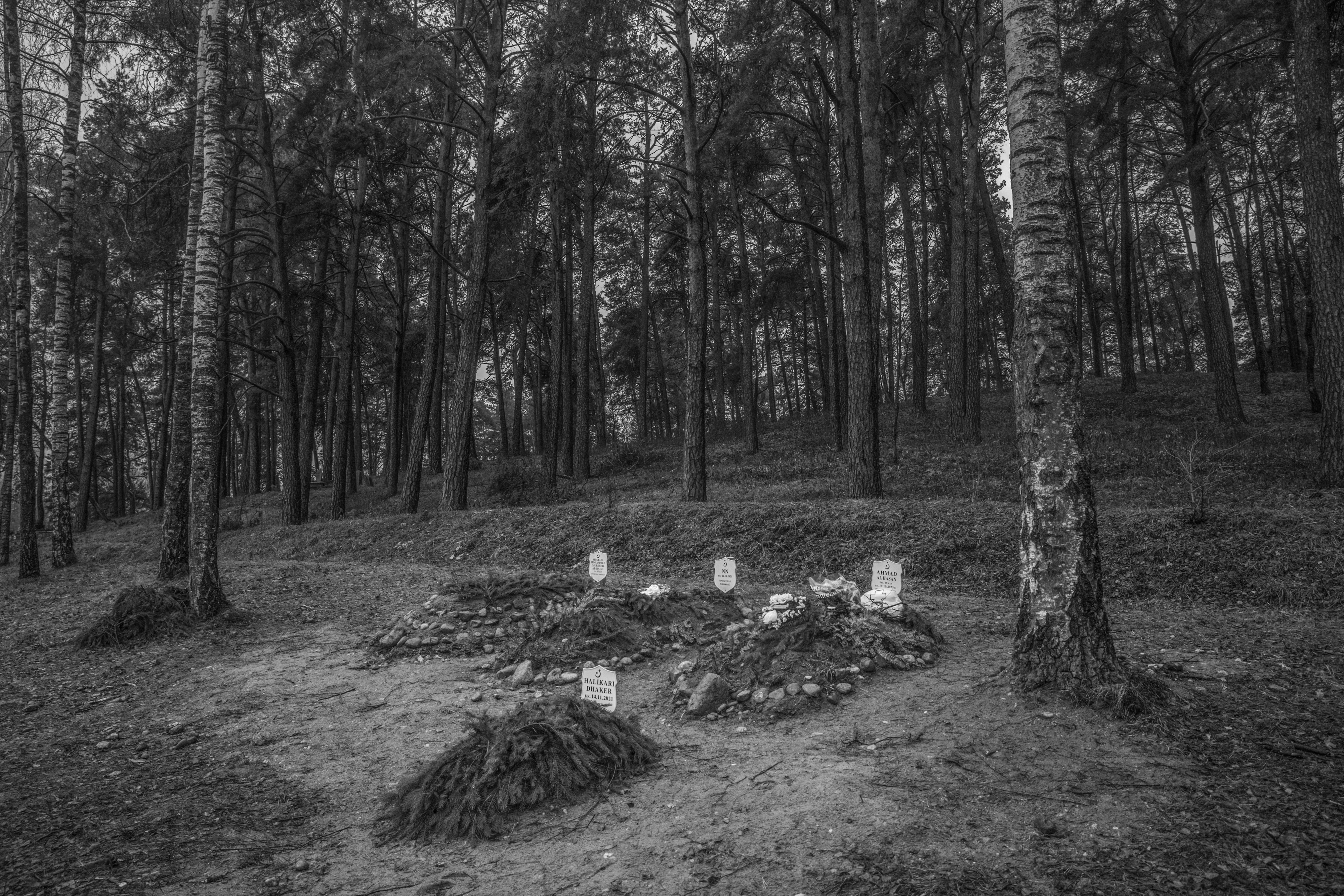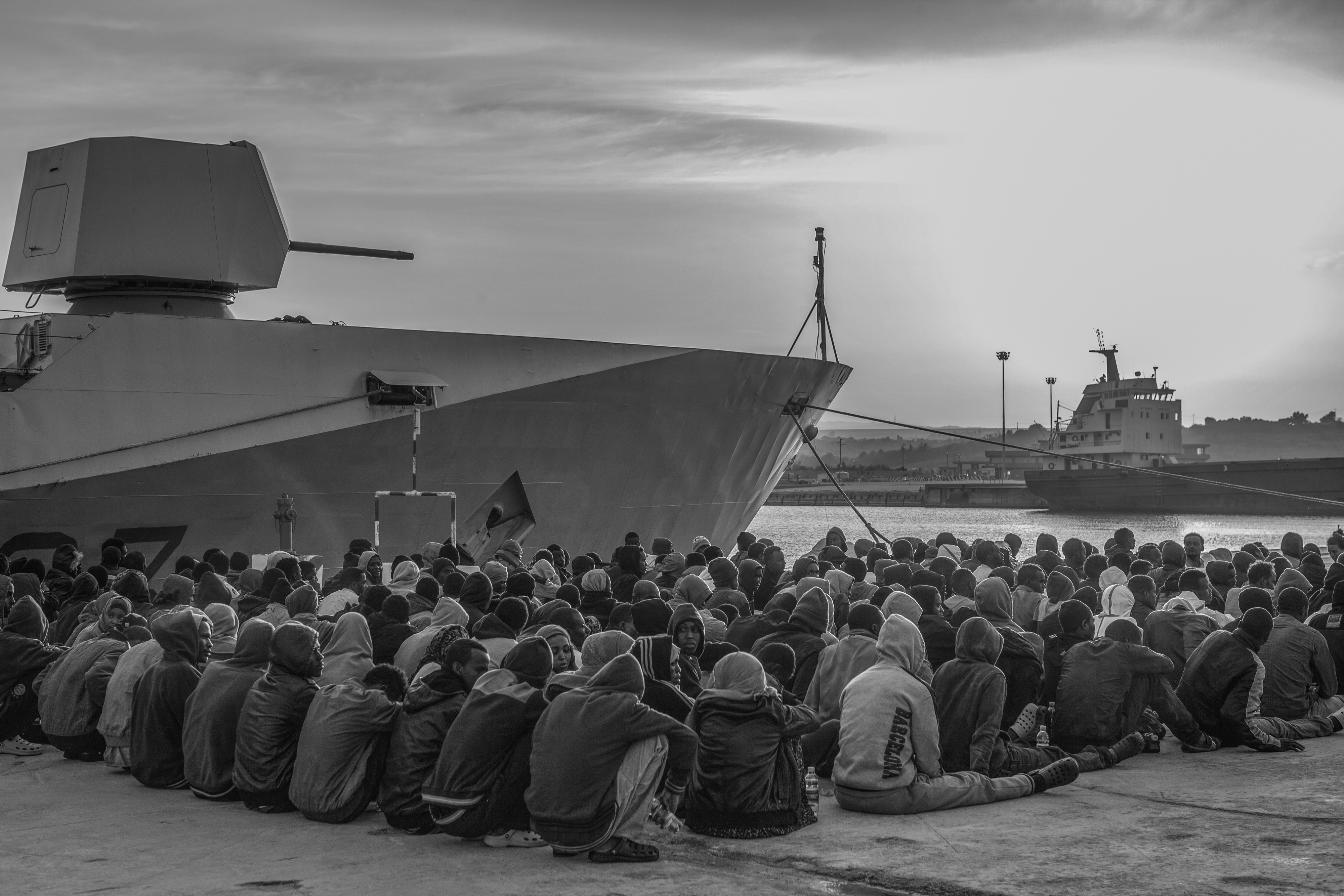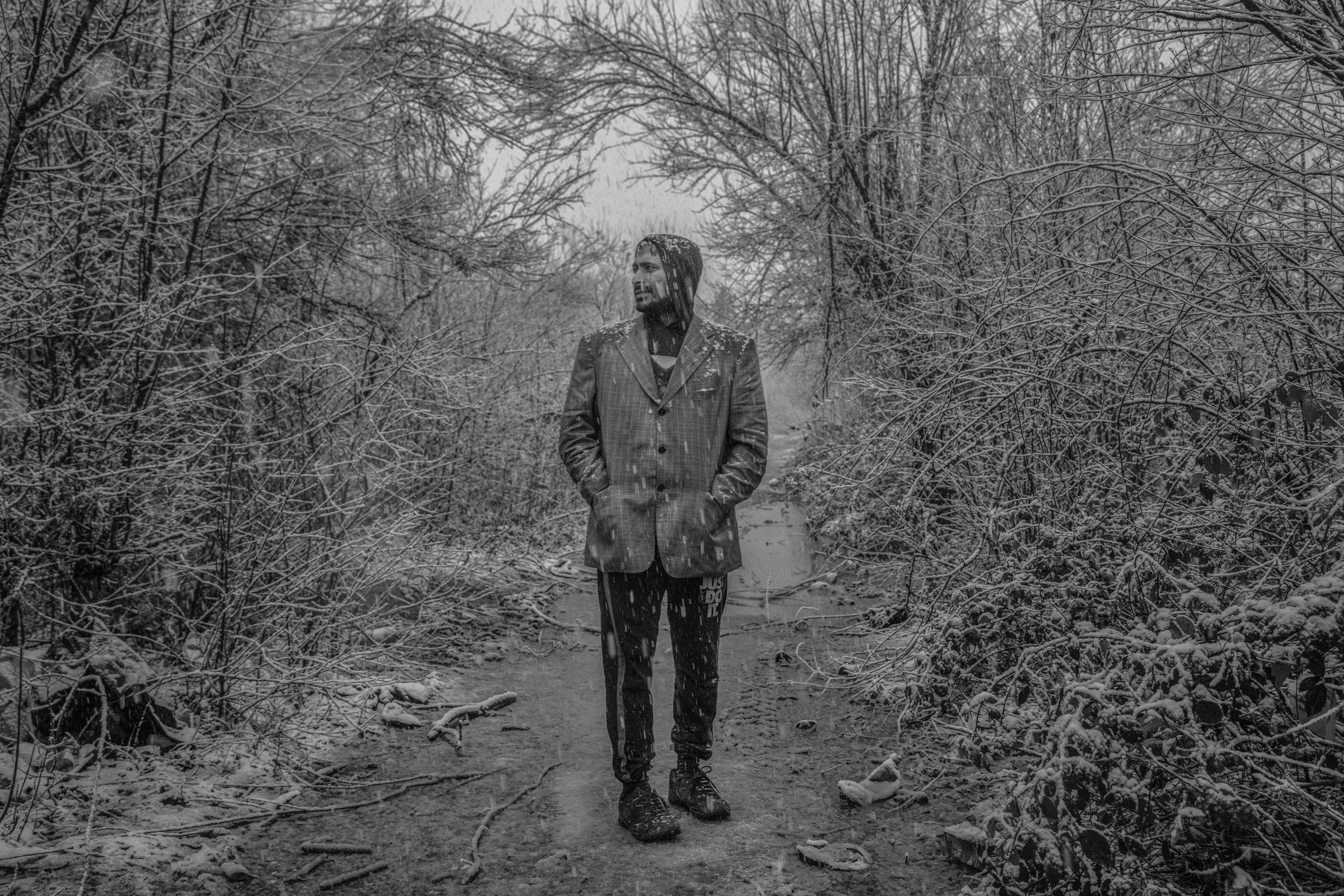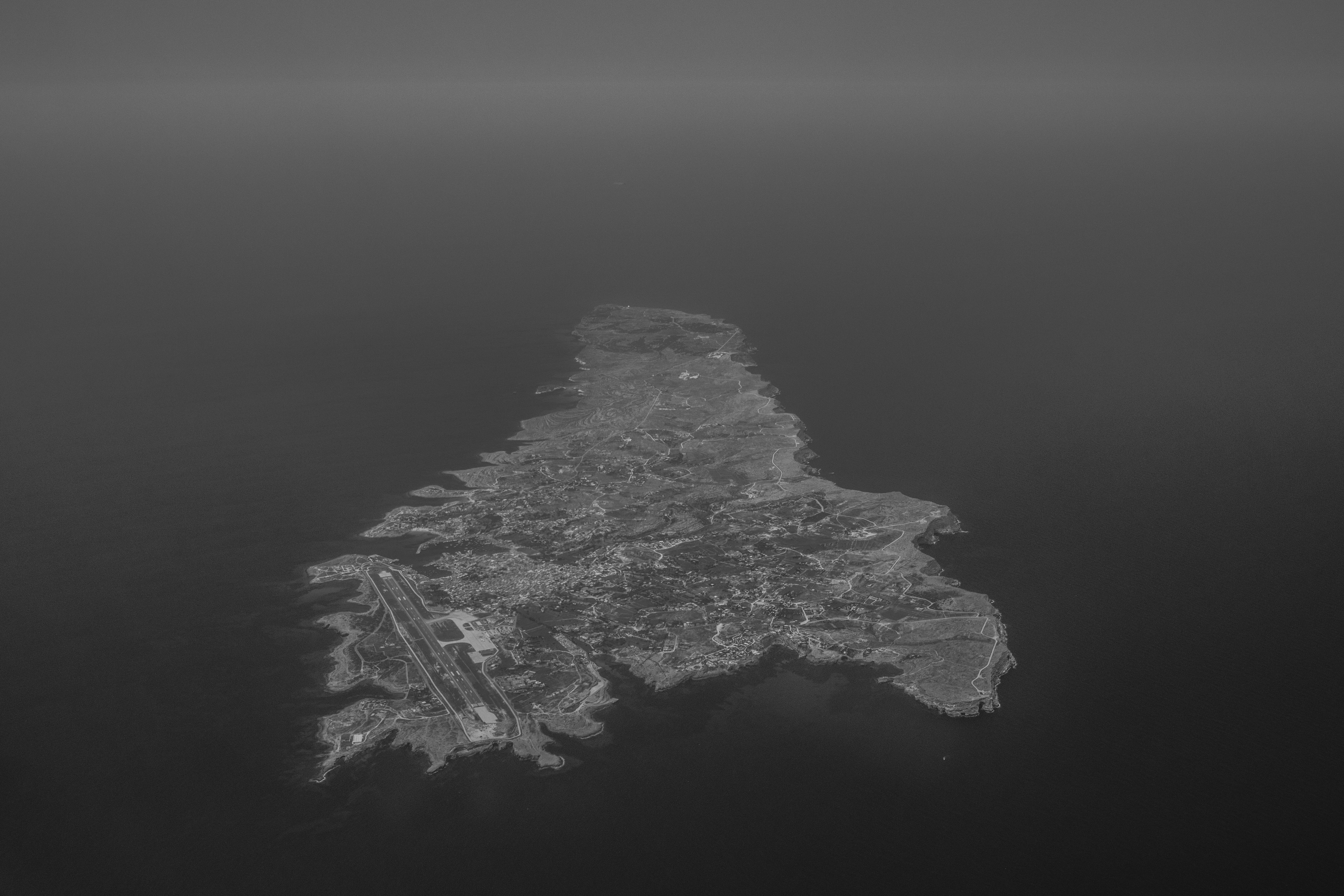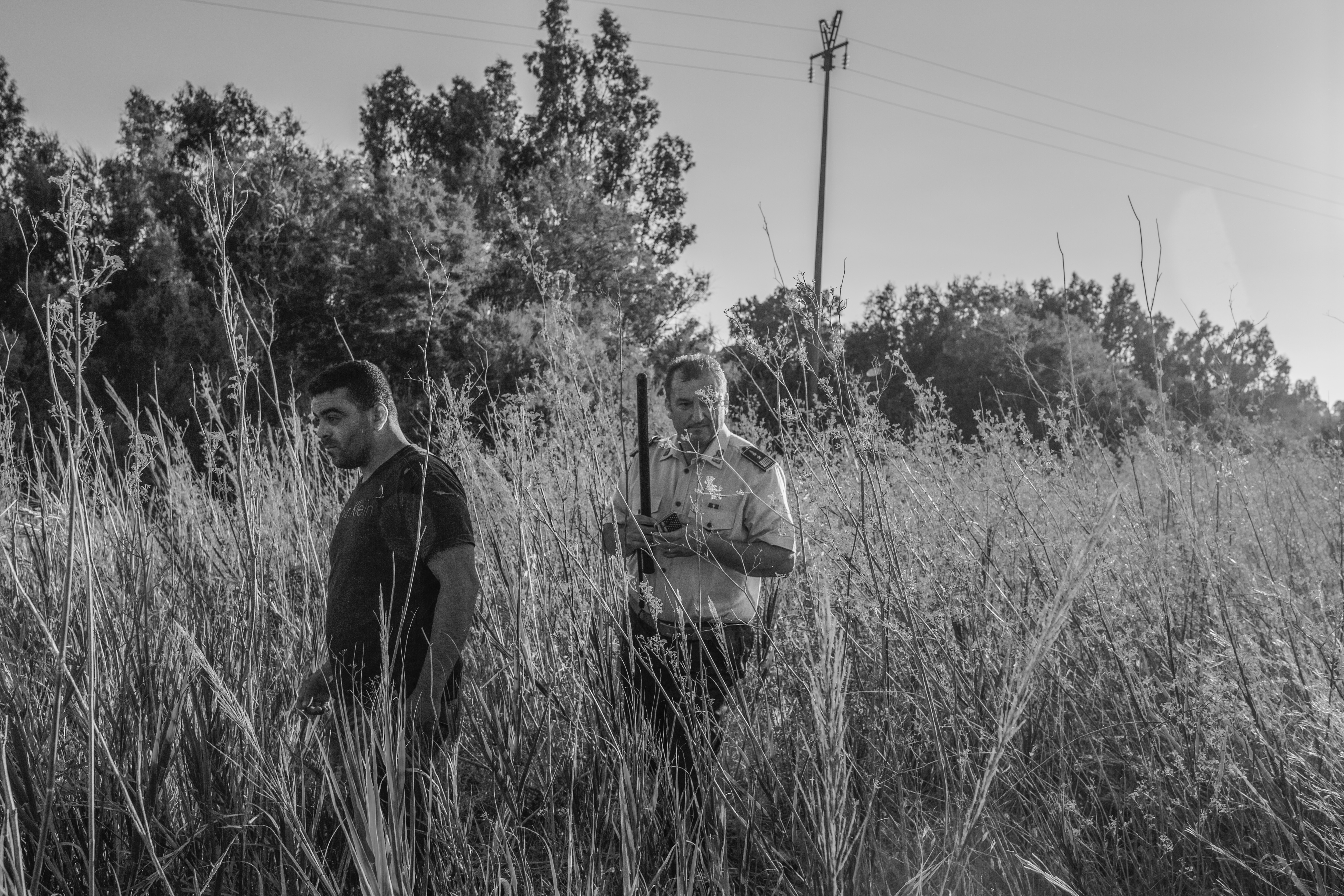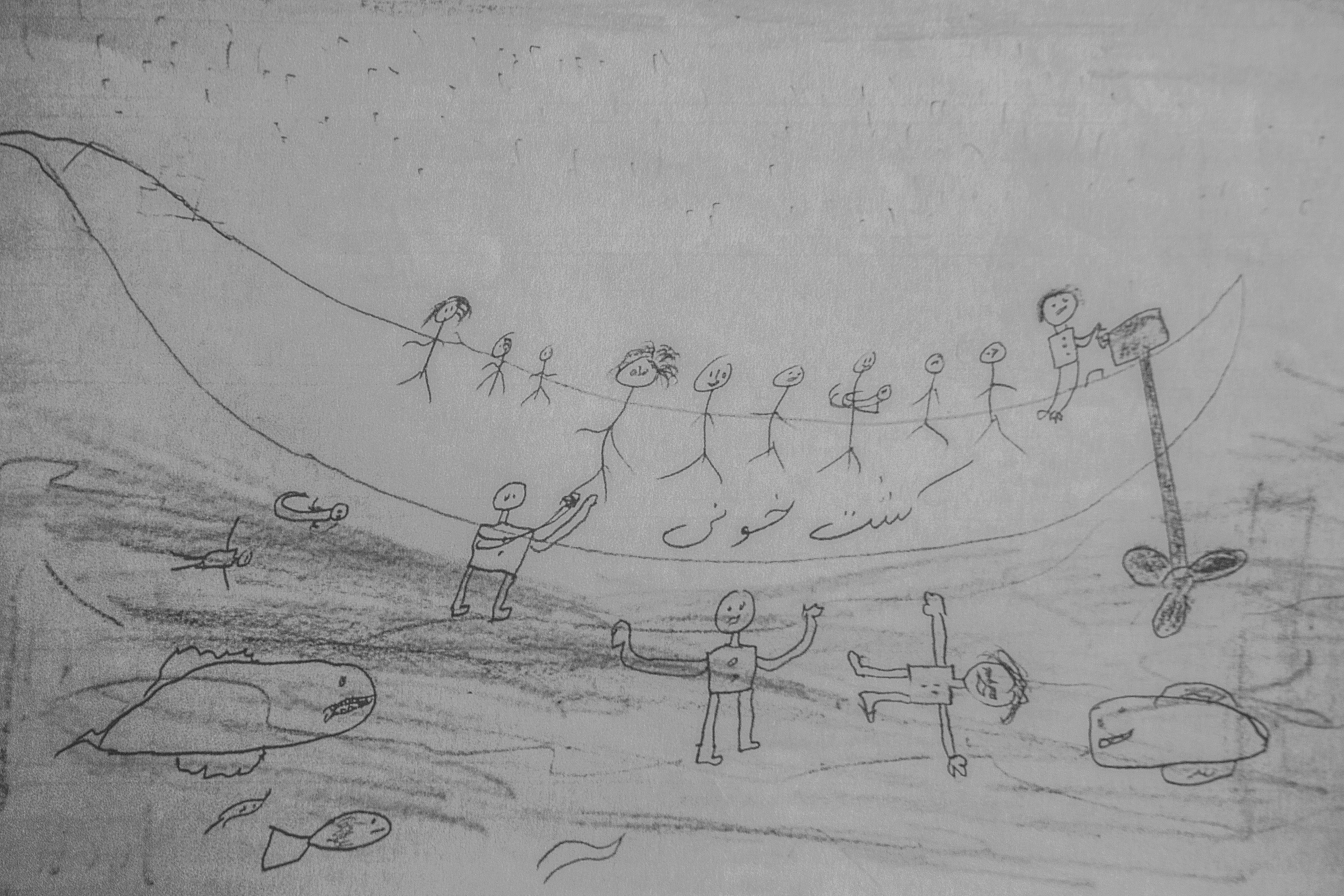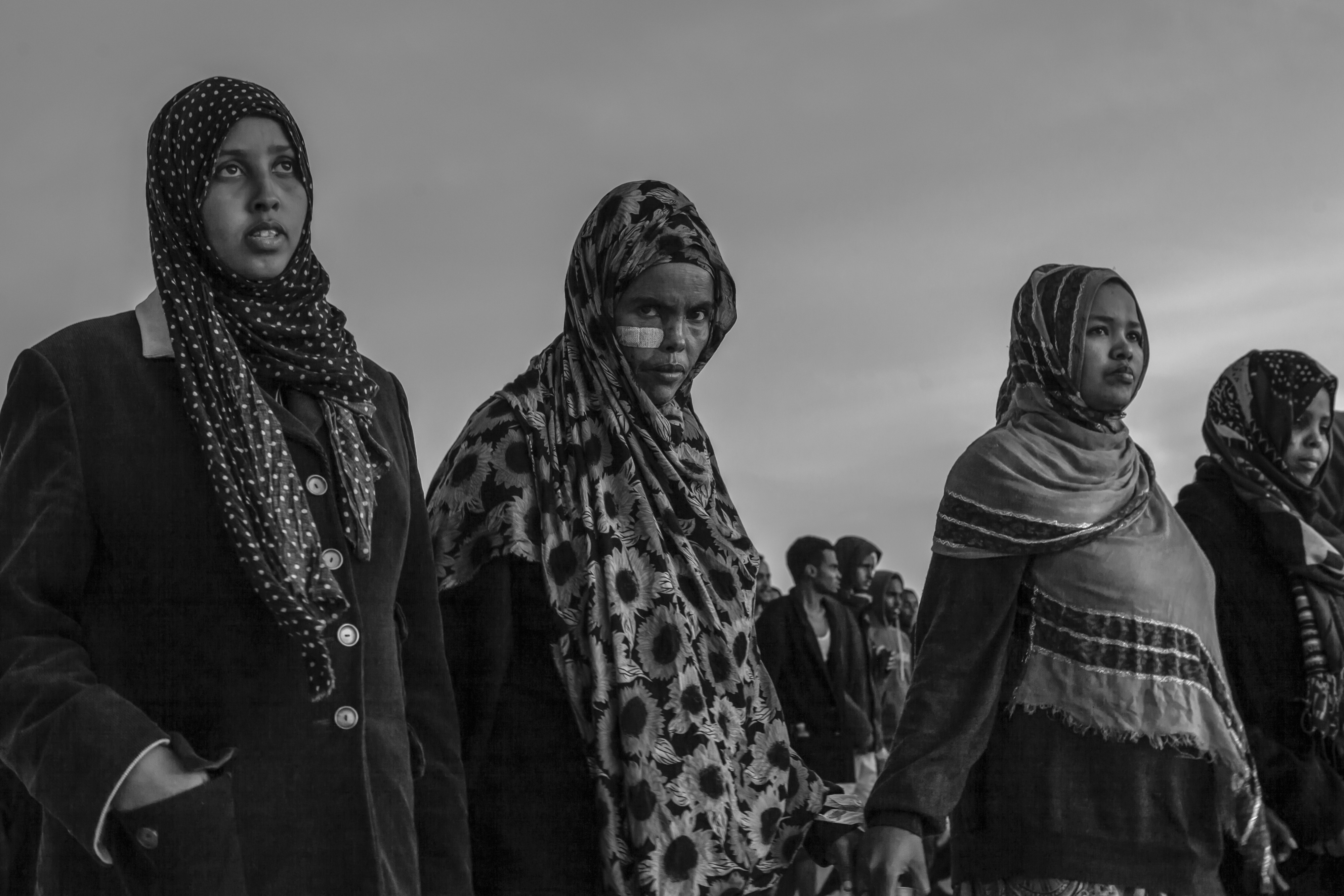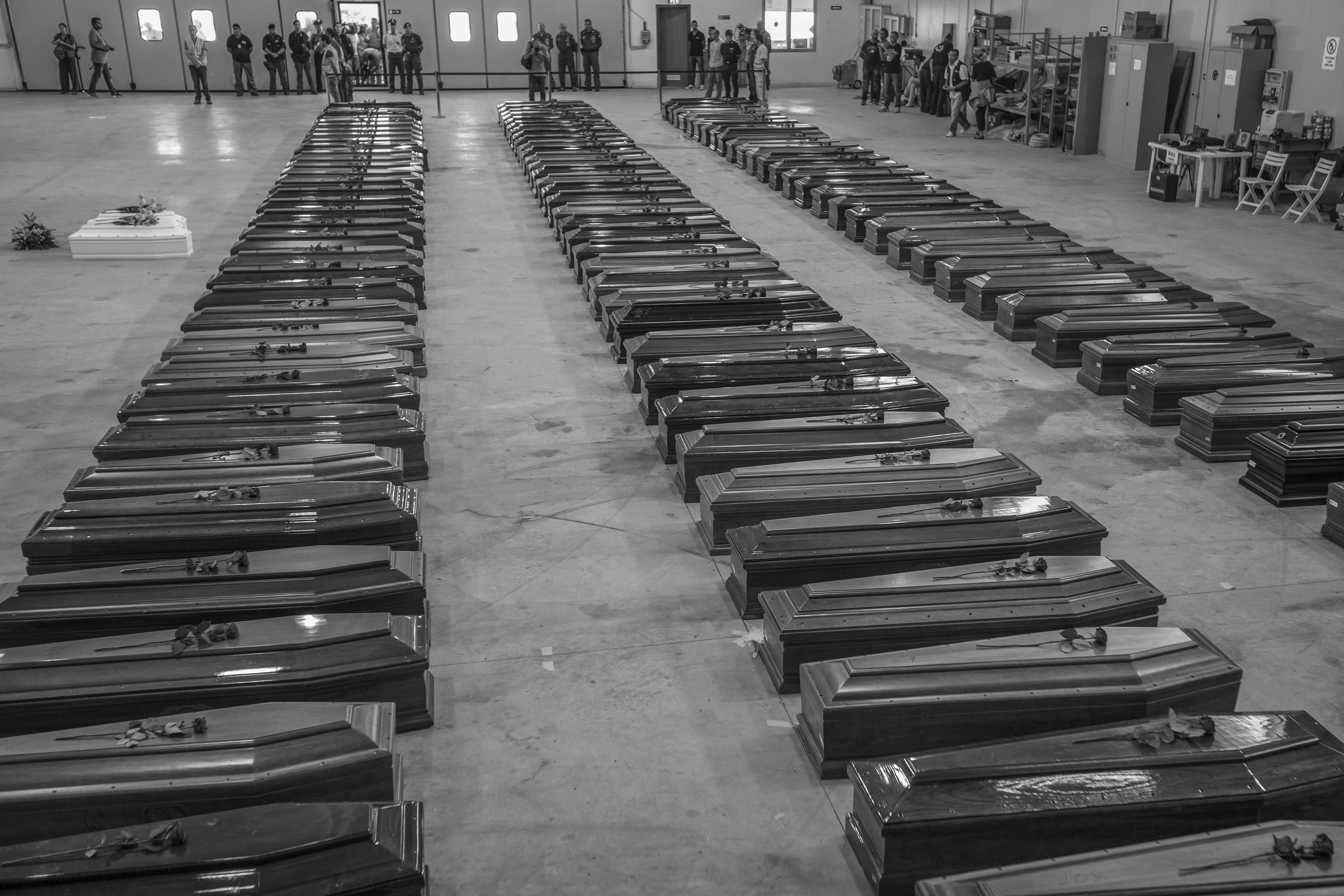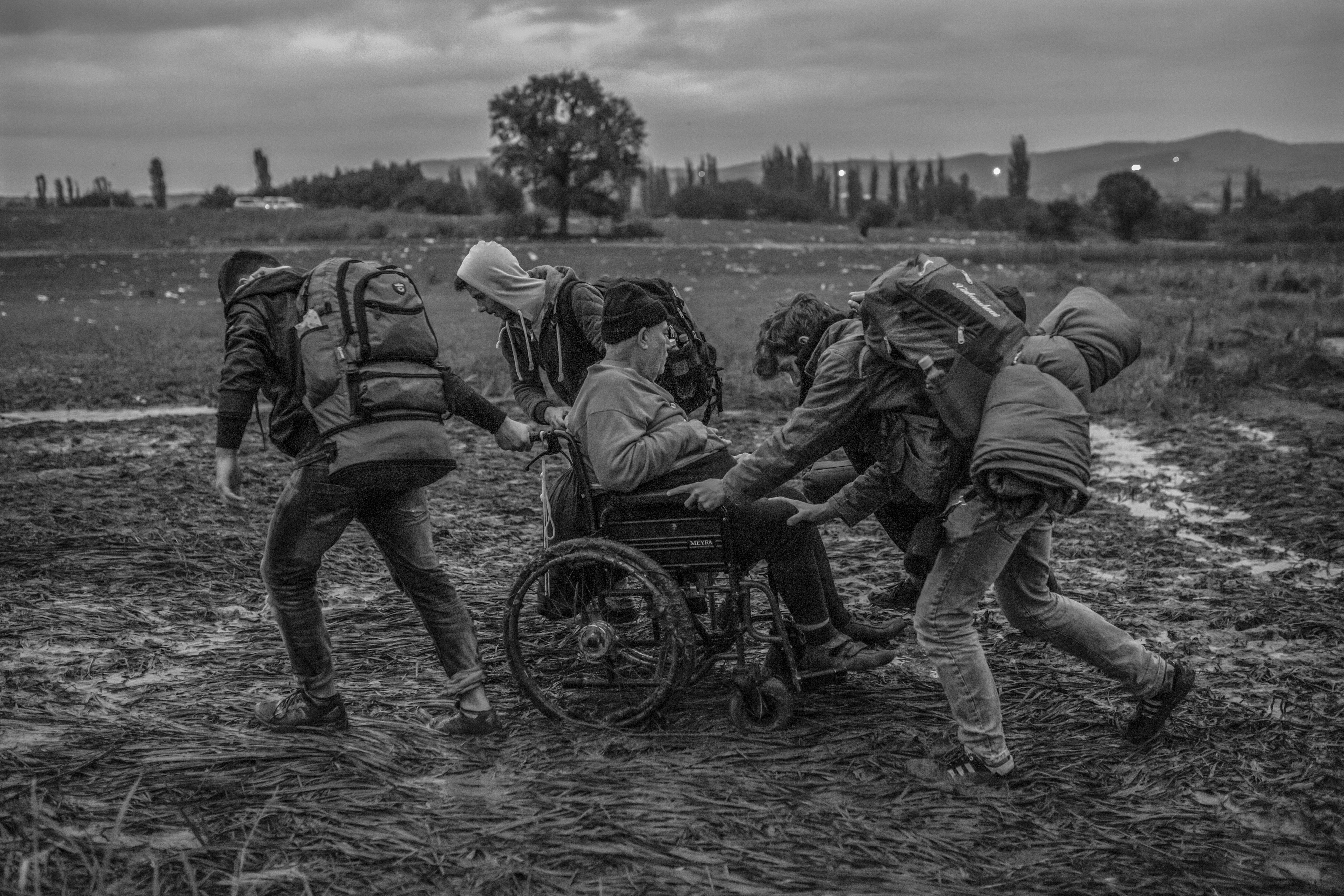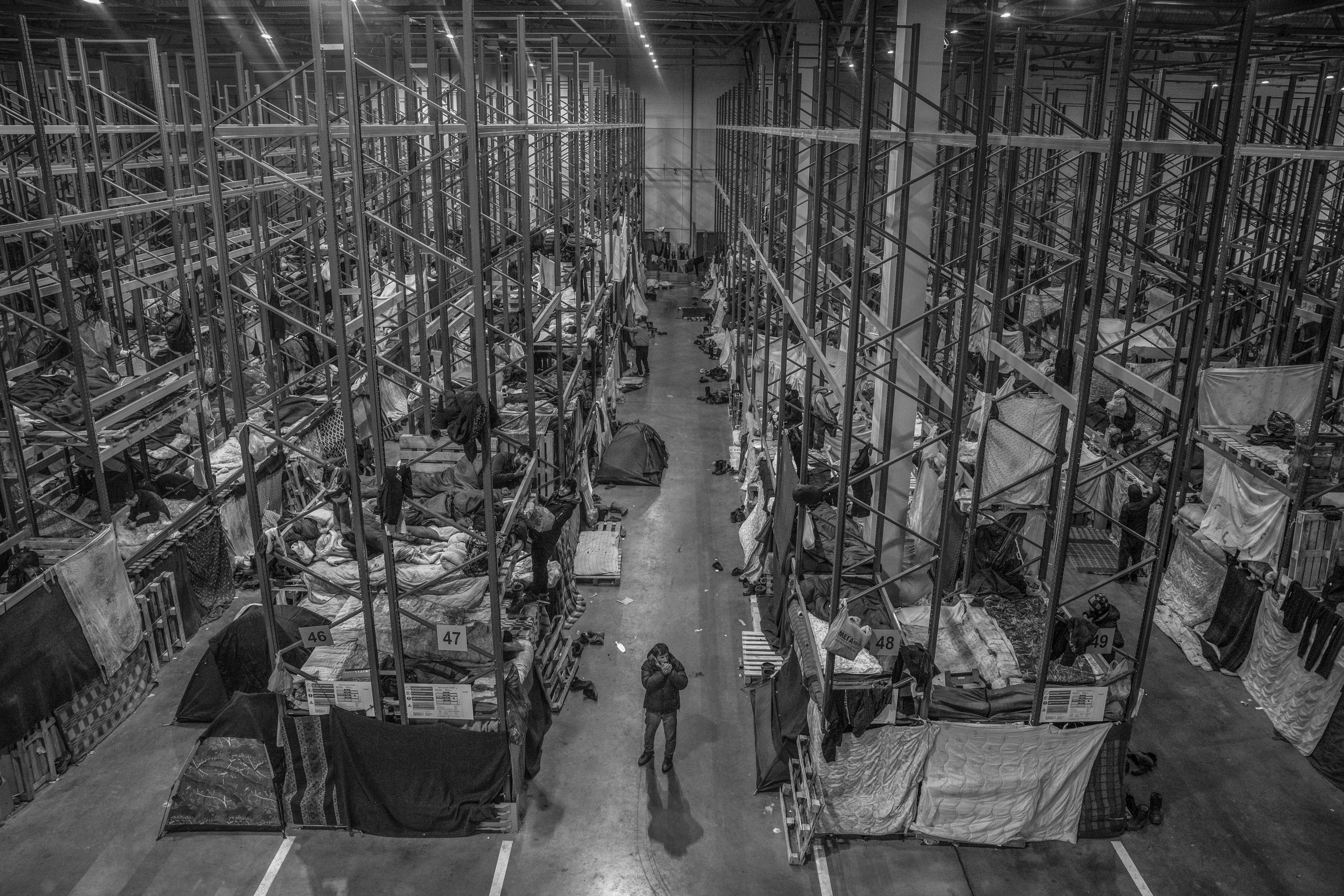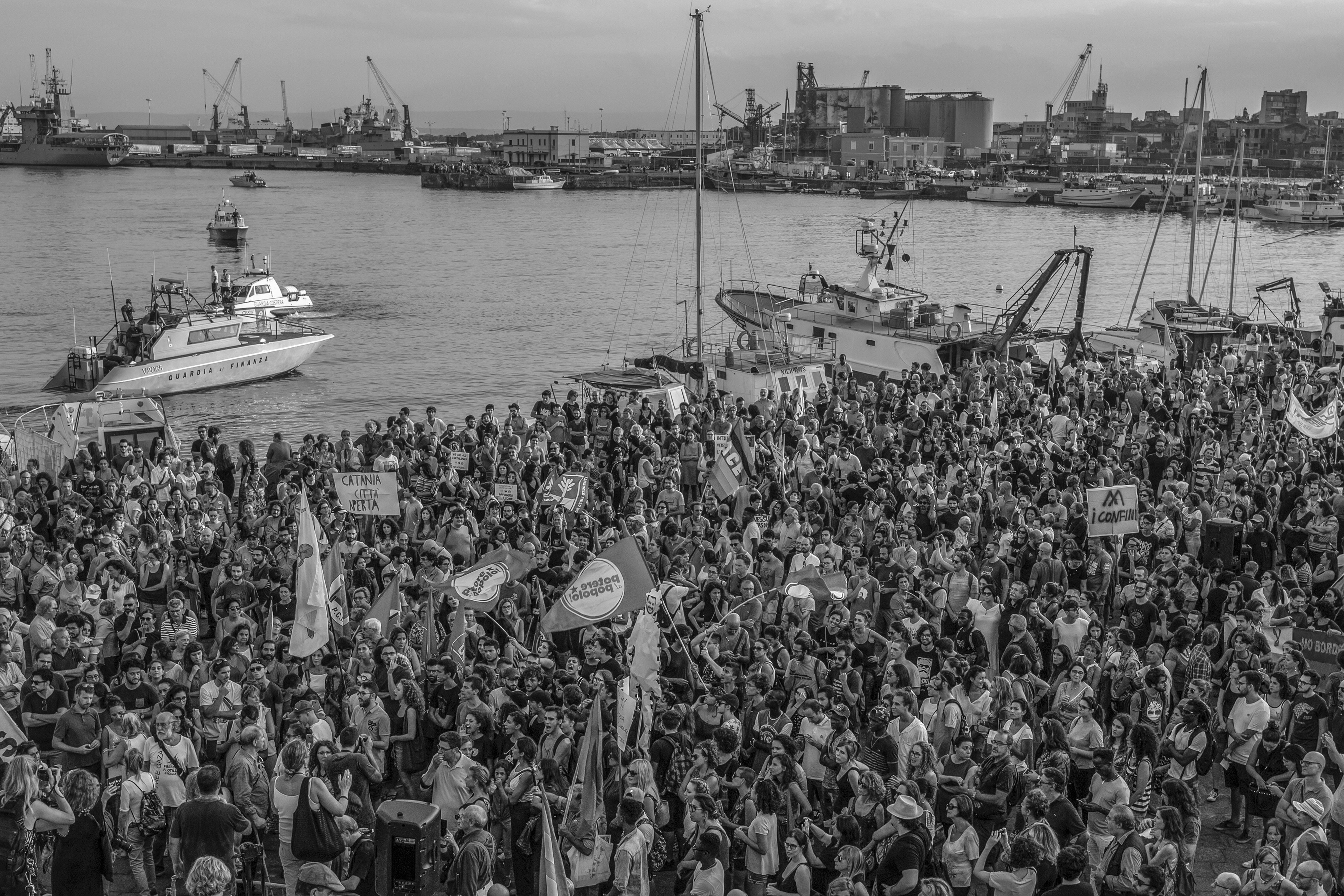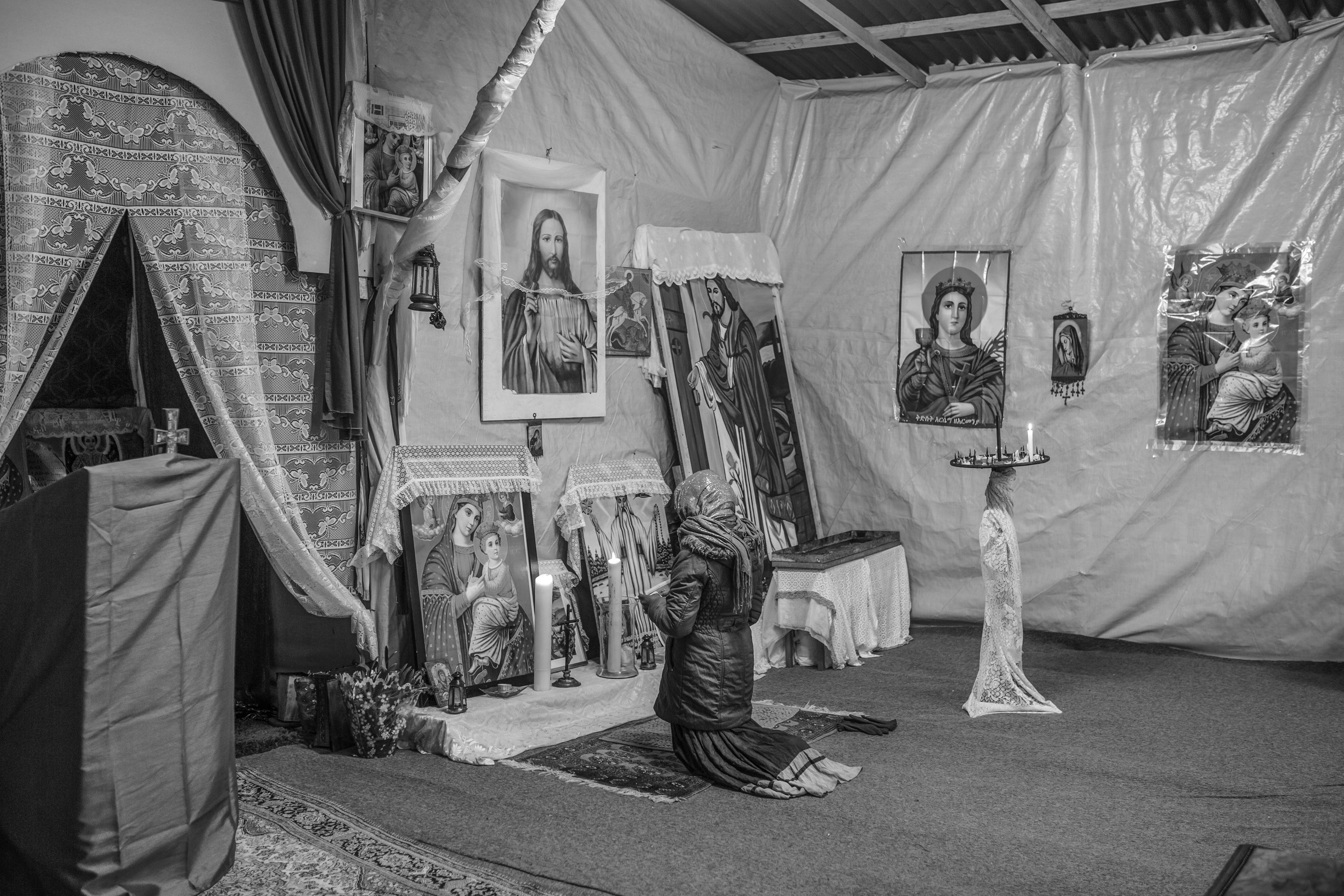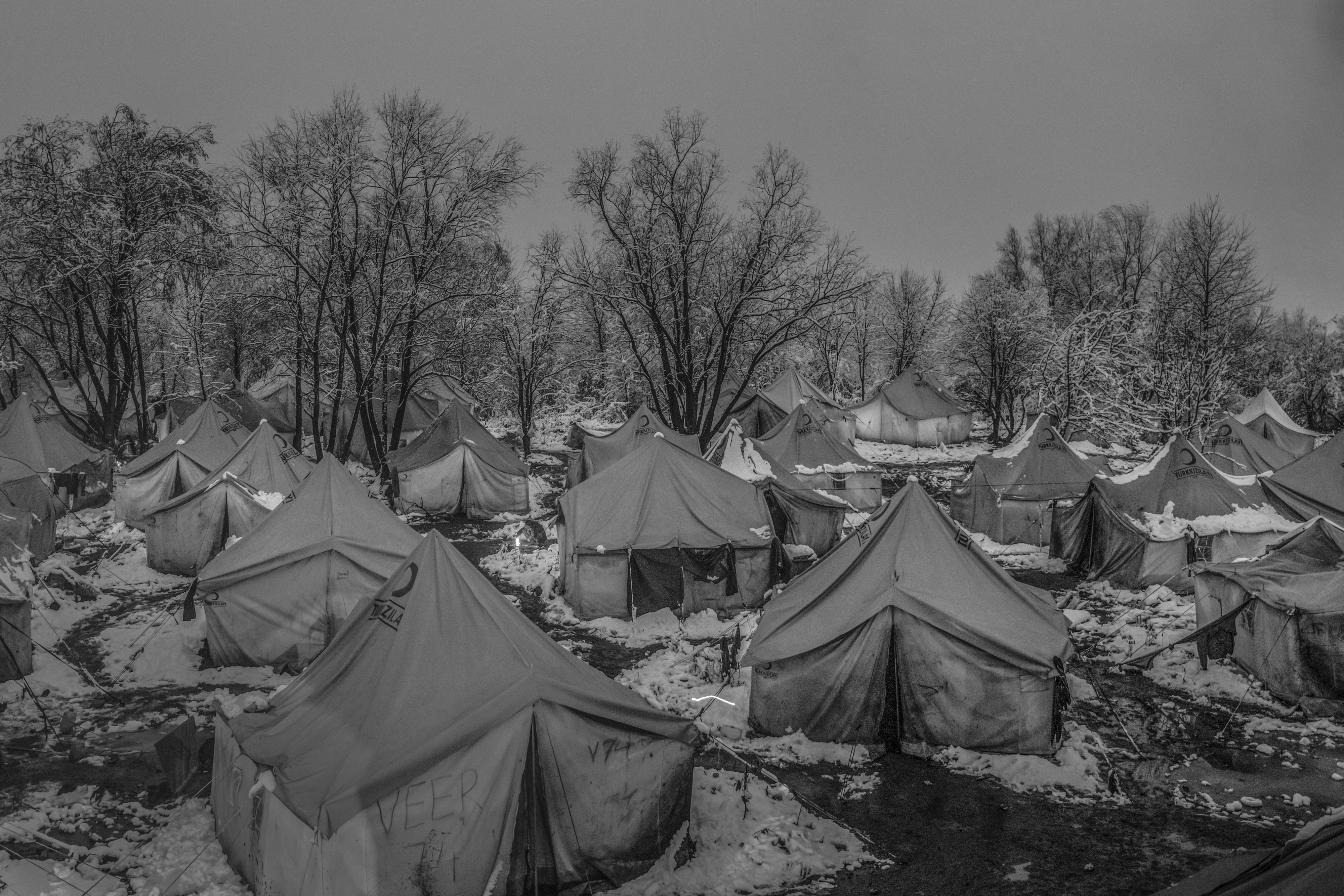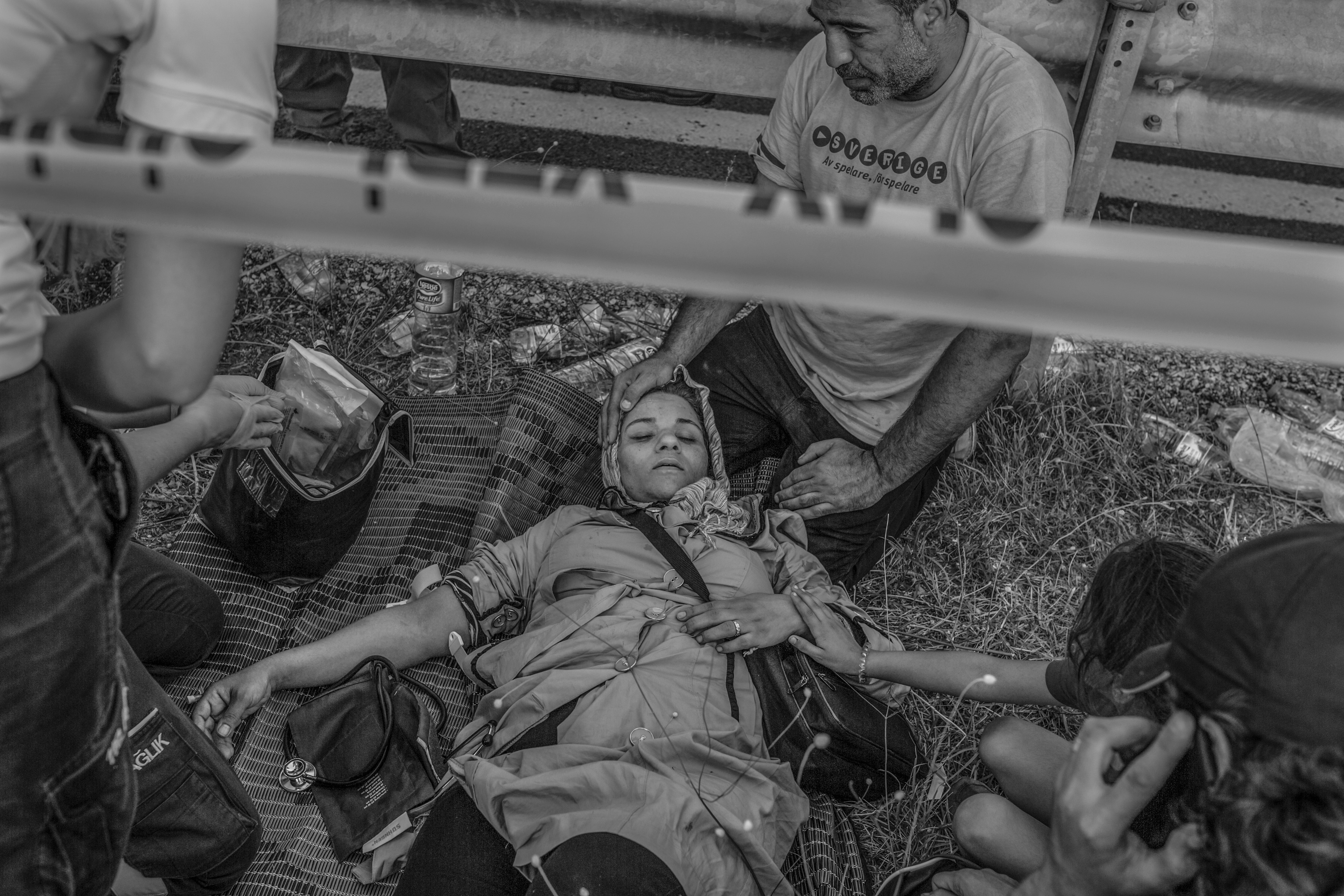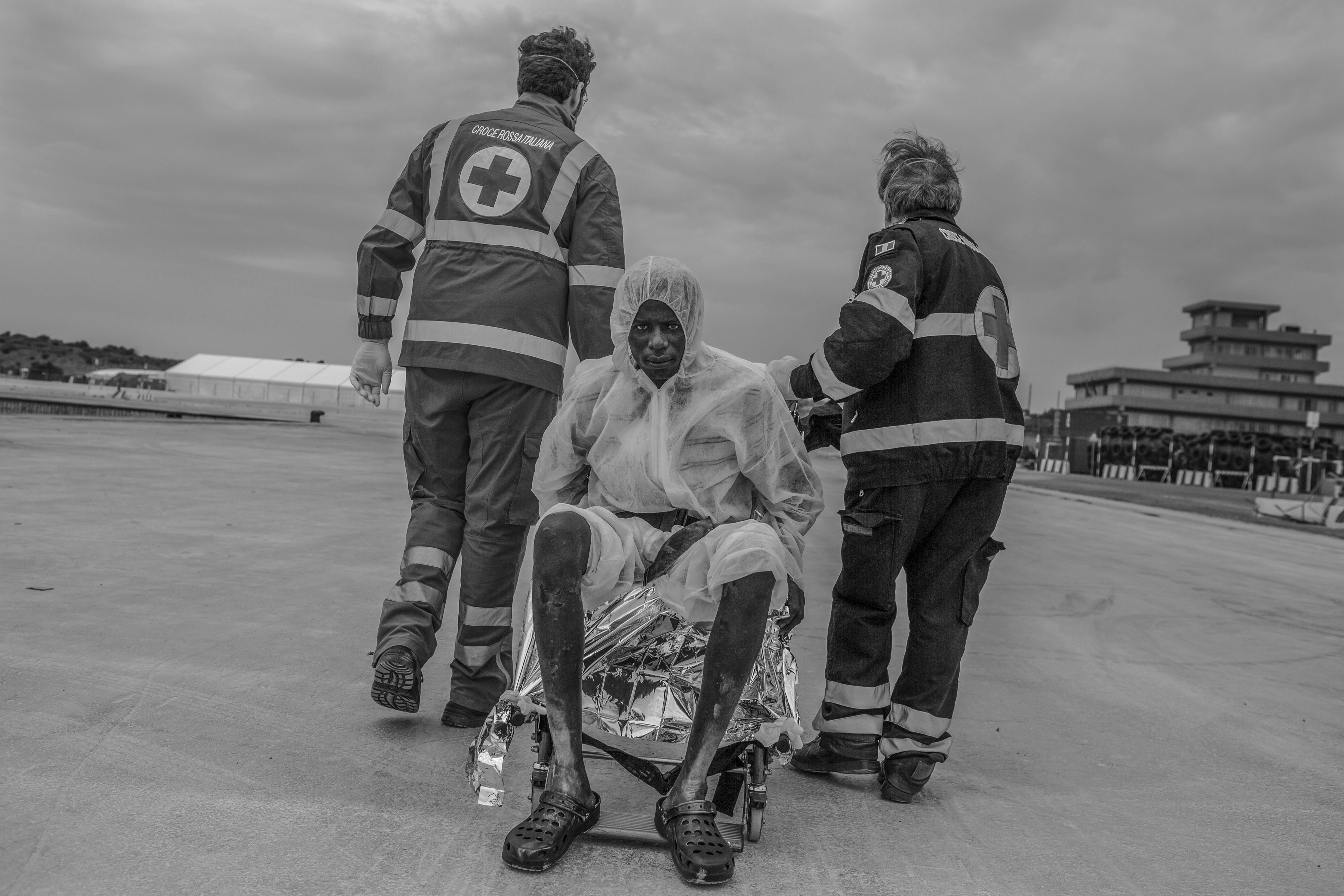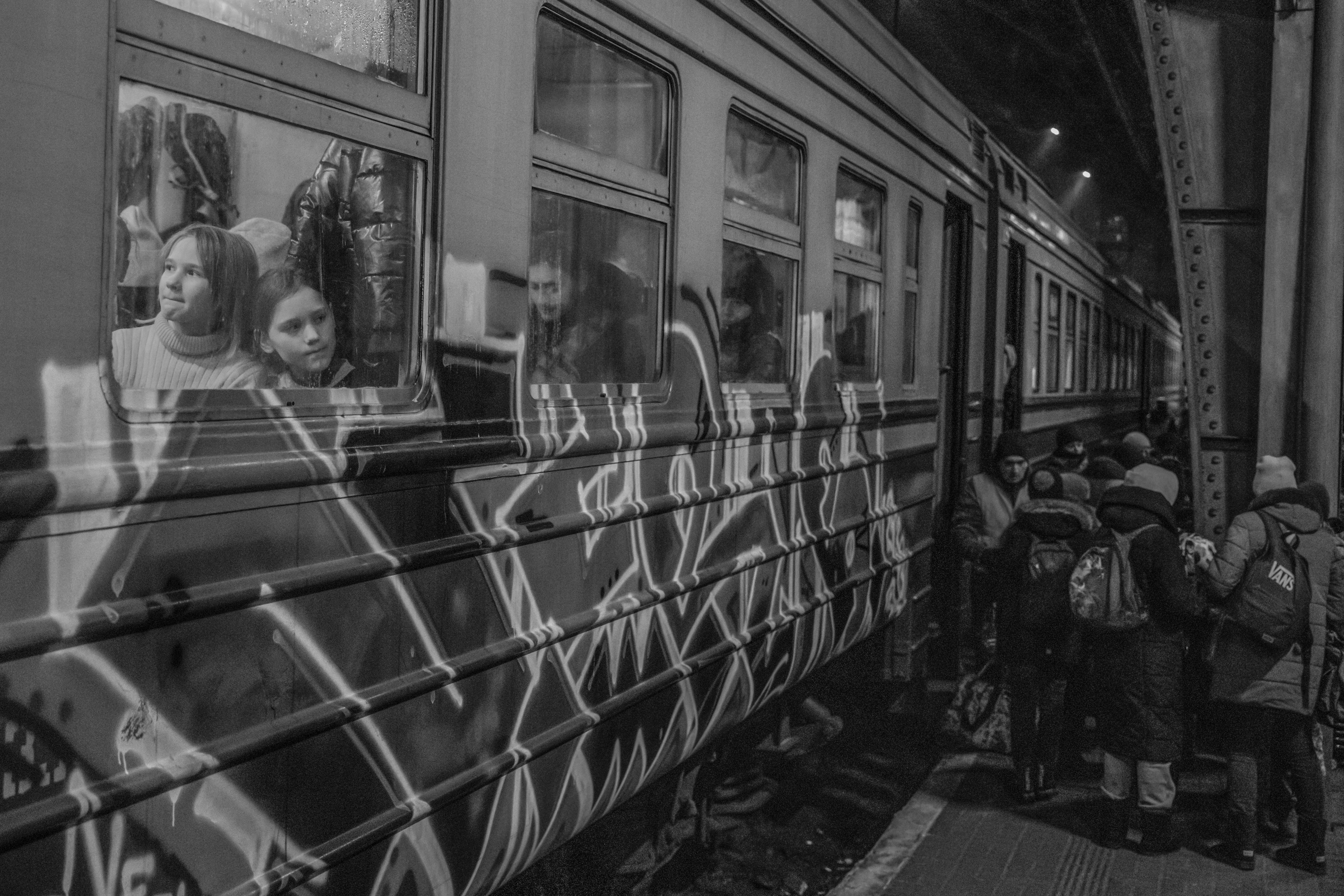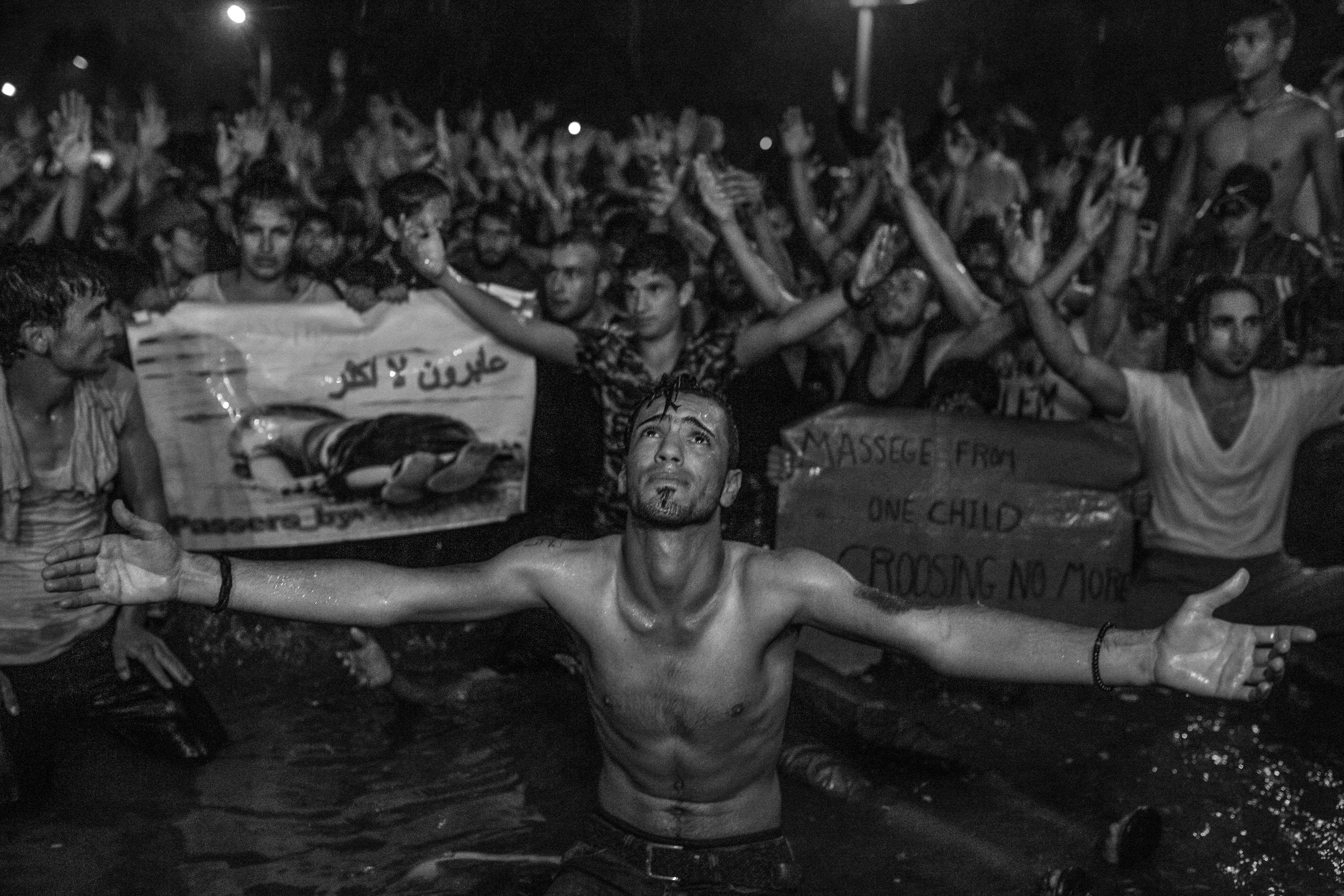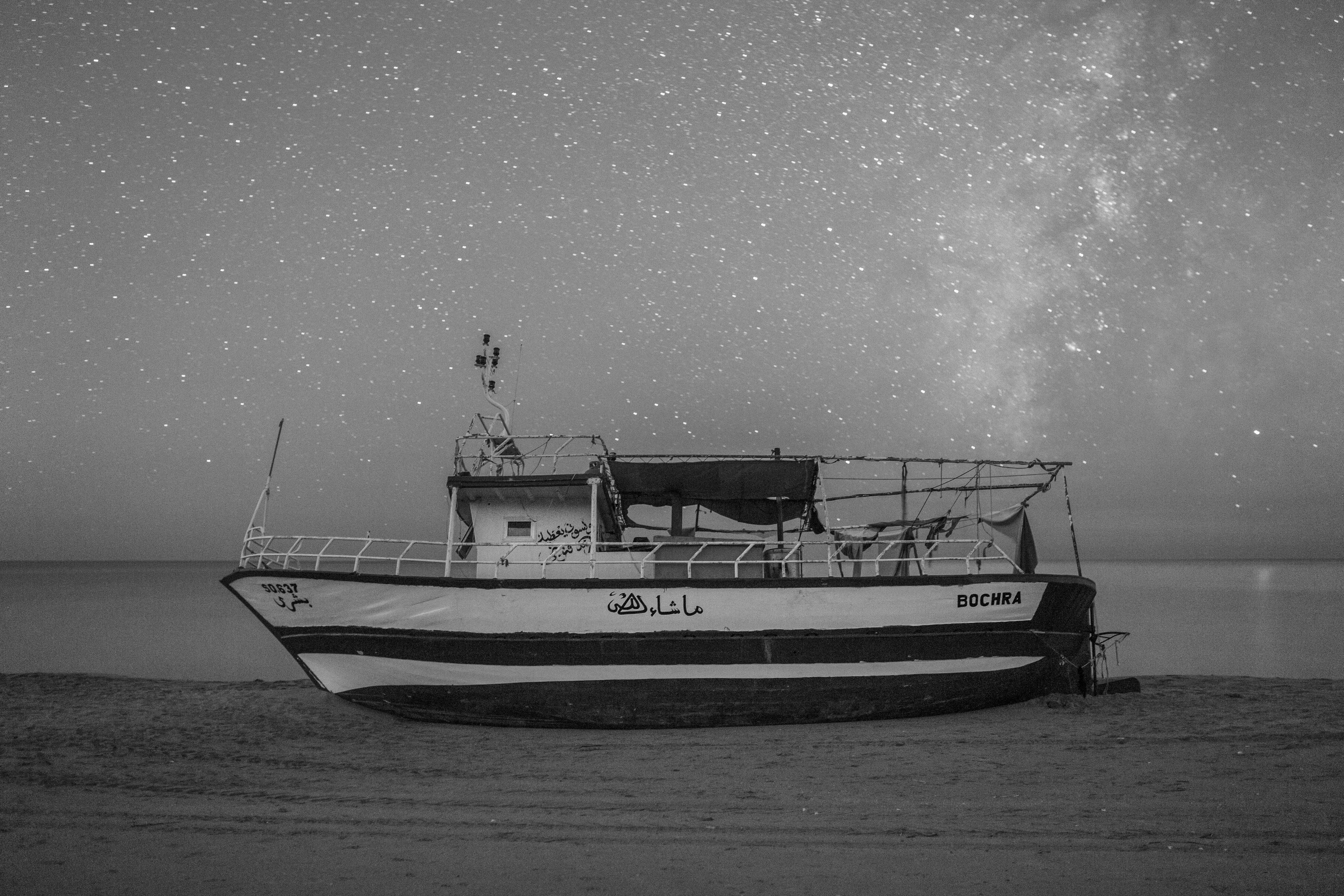Crossing Chronicles
In the past ten years, about twelve million people have crossed the European borders in order to seek a better life in the old continent. Almost two thirds of them are Ukrainian citizens, women and children, fleeing the Russian invasion over their country in 2022. While this last war has prompted European governments to open their borders and grant access to Ukrainian asylum seekers, the large majority of refugees from other continents, namely from Africa and Asia, have been struggling to make it to Europe. Escaping from different crises, like the wars in Syria and Afghanistan, harsh dictatorships in Eritrea and Iran, famine and climate change’s economic consequences in many other countries, people have constantly moved over desert, maritime, and land borders to encounter both extreme violence and/or reassuring safety once arrived in Europe. According to Human Rights Watch, an estimated number of more than 25.000 didn’t make it and lost their life during the journey.
From the port of Augusta in Sicily to the jungle of the French city of Calais, from the Greek island of Lesbos to the snowy mountains of Bosnian-Croatian borders, from Belarus transit centers and Polish forests to the Ukrainians trains, and from the rubber and wooden boats in the middle of the Mediterranean Sea to the cemeteries of unknown, people on the move have resisted illegal pushbacks to affirm their right to circulate freely and live in dignity. Children and unaccompanied minors’ mental health have been particularly affected, especially after surviving wars and being then re-traumatized by borders’ violence.
The long term Crossing Chronicles, photographed over a period of ten years (2013-2023) in ten different countries at Europe's borders, want to engage the audience in addressing historical movements of people, often treated only as a political and humanitarian emergency, as a collective responsibility also to heal the traumas left behind. While the Ukrainian massive displacement and Europe’s response might be an exception, their crossing chronicles show how a common political practice of solidarity and cooperation only enhances a solid human perspective. As a Sicilian citizen, the photographer has witnessed landings, shipwrecks and border crossings, as a part of the Central Mediterranean island’s major events in almost three decades and from Sicily he has extended his coverage to the Balkans and Eastern Europe.

